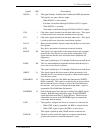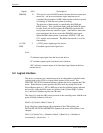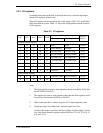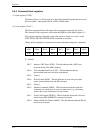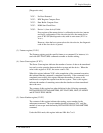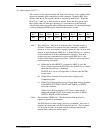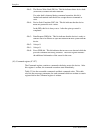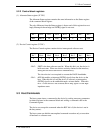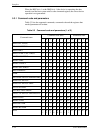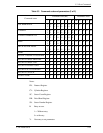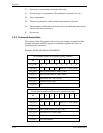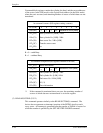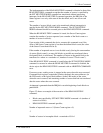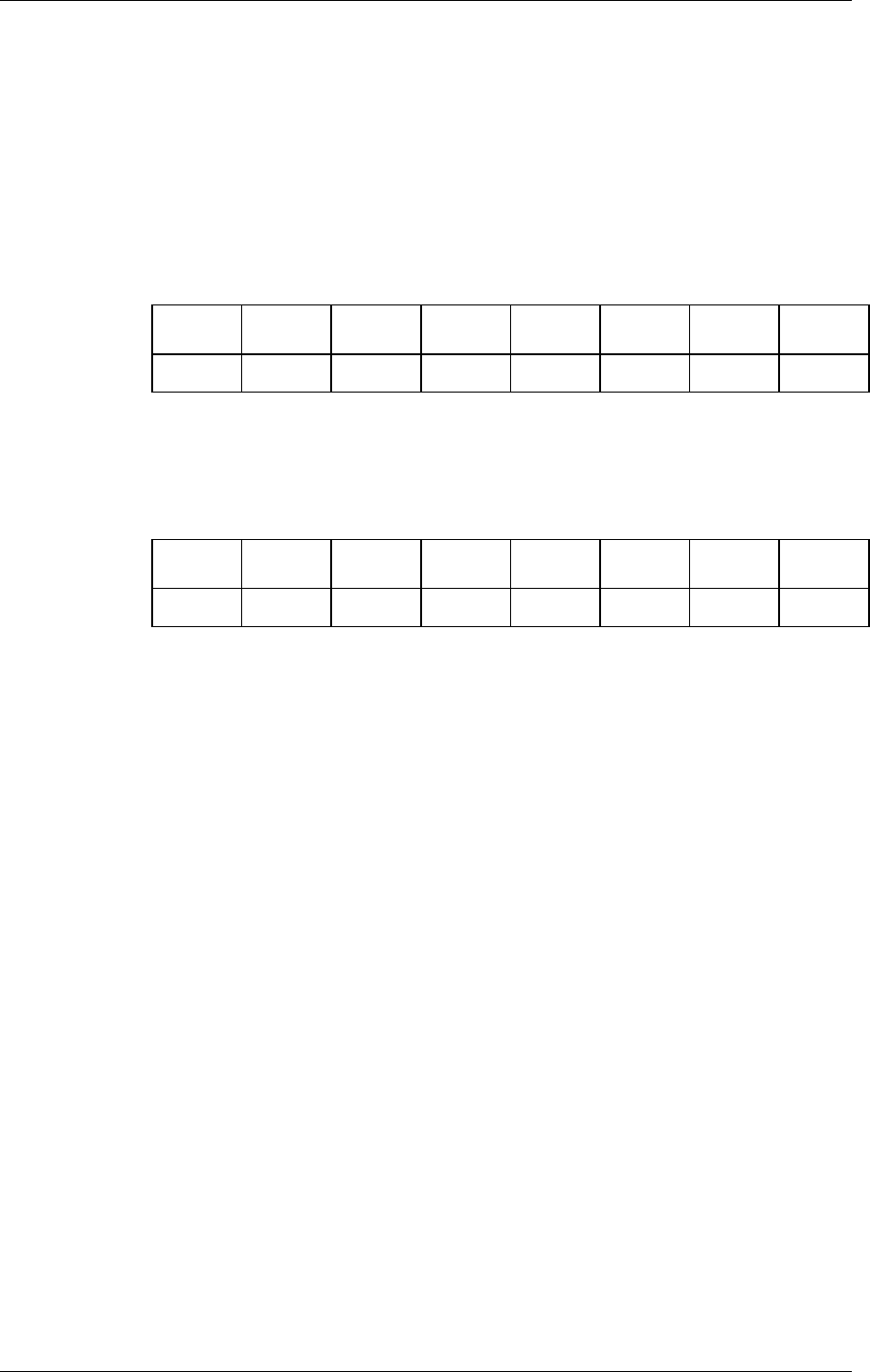
5.3 Host Commands
C141-E050-02EN 5-13
5.2.3 Control block registers
(1) Alternate Status register (X’3F6’)
The Alternate Status register contains the same information as the Status register
of the command block register.
The only difference from the Status register is that a read of this register does not
imply Interrupt Acknowledge and INTRQ signal is not reset.
Bit 7
Bit 6
Bit 5
Bit 4
Bit 3
Bit 2
Bit 1
Bit 0
BSY DRDY DF DSC
DRQ
0 0 ERR
(2) Device Control register (X’3F6’)
The Device Control register contains device interrupt and software reset.
Bit 7
Bit 6
Bit 5
Bit 4
Bit 3
Bit 2
Bit 1
Bit 0
X X X X X SRST
nIEN
0
- Bit 2:
SRST is the host software reset bit. When this bit is set, the device is
held reset state. When two device are daisy chained on the interface,
setting this bit resets both device simultaneously.
The slave device is not required to execute the DASP- handshake.
- Bit 1:
nIEN bit enables an interrupt (INTRQ signal) from the device to the
host. When this bit is 0 and the device is selected, an interruption
(INTRQ signal) can be enabled through a tri-state buffer. When this
bit is 1 or the device is not selected, the INTRQ signal is in the high-
impedance state.
5.3 Host Commands
The host system issues a command to the device by writing necessary parameters
in related registers in the command block and writing a command code in the
Command register.
The device can accept the command when the BSY bit is 0 (the device is not in
the busy status).
The host system can halt the uncompleted command execution only at execution
of hardware or software reset.



